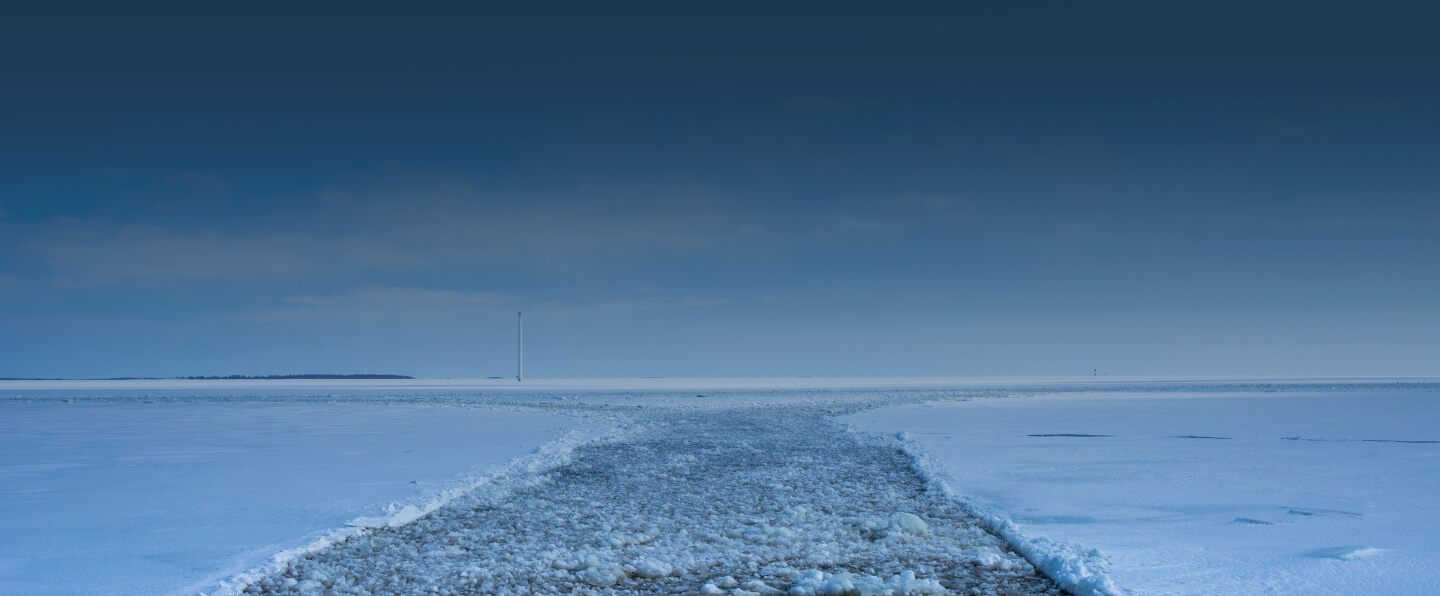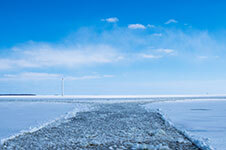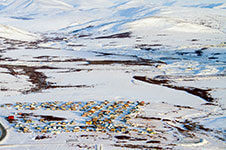
About Quintillion
Arctic Security
Security Trifecta
The Arctic is a strategic location for three world superpowers. Here’s an overview of our security roadmap.
The Arctic is the site of a powerful trifecta between three world superpowers. All of them are attempting to monopolize this region of the world by gaining advantages over strategic defense postures, natural resources, and commercial shipping routes. Broadband is the foundational infrastructure upon which any successful Arctic strategy must be built.
Quintillion stands ready to support US efforts in this space.
Defense Postures
As our natural defenses in the region melt, new avenues of approach open up for our adversaries. Russia and China’s increasing investments in the region pose a strategic threat. Our early warning system is outdated, leaving the American homeland vulnerable.
Strategic Resources
Rising temperatures in the Arctic are uncovering vast amounts of natural resources. The region is rich in oil and gas, as well as rare earth metals. These resources are critical to the production of weapon systems, electric cars, components critical to renewable energy technologies, and even smart phones. Other countries have already staked their claims, so the time for the United States to act is now.
Commercial Routes
Traveling from Europe to Asia via the newly opened Northern Sea Route is, on average, 10 days faster than the Suez Canal on average. However, the Bering Strait and Nome are strategic bottle necks, and freedom of navigation must be guaranteed. Reliable communication is essential to our success.
“If You Cannot Communicate, You Cannot Defend, You Cannot Compete“
General Charles H. Jacoby, Jr.
Senior Strategic Advisor
To protect our homeland, the United States must evolve its regional positioning and close critical gaps in Arctic communications, enabling infrastructure, domain awareness, and general presence.
High speed internet is essential! Today’s state-of-the-art ground-based systems for national defense — ground station antennas, sensors, and Long-Range Differentiating Radars — transmit gigabits of data per second to secure data centers or cloud environments. By comparison, both the Distant Early Warning Line (DEW) systems, as well as today’s North Warning System, rest atop infrastructure that is capable of two megabits per second — slower than the connection a consumer would use to stream music.
We are at the frontier of America’s security in the Arctic.














